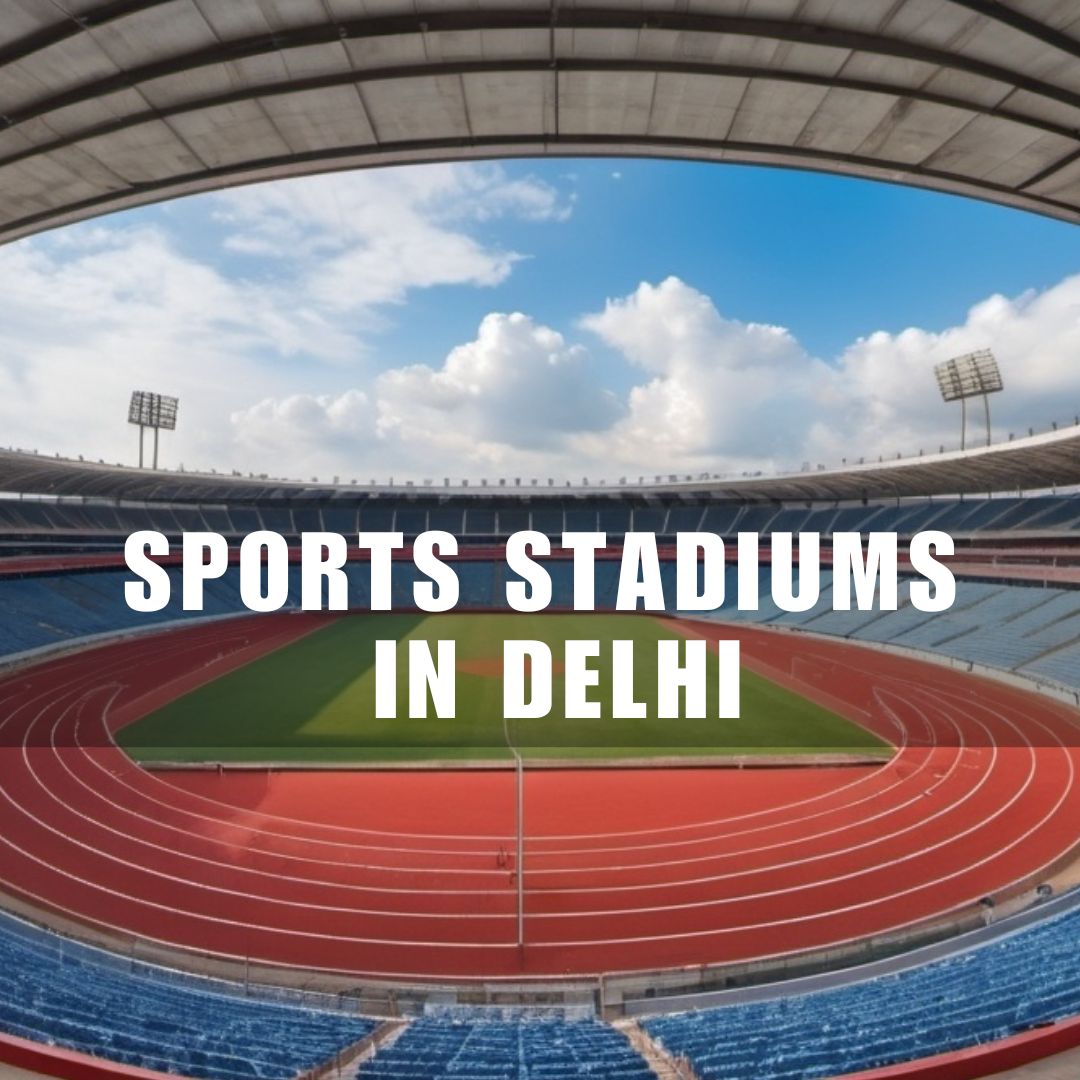Major Sports Stadiums in Delhi: The Pillars of Indian Sports
Delhi, the capital of India, is not only a hub for culture, politics, and history but also a significant center for sports. The city boasts several major sports stadiums, each with its unique legacy and contribution to Indian sports. As a sports enthusiast and former athlete, I’ve had the privilege of experiencing these iconic venues first-hand. Here’s a closer look at some of the most prominent sports venues in Delhi.
Jawaharlal Nehru Stadium (Lodhi Road)
Named after India’s first Prime Minister, Jawaharlal Nehru Stadium is a multi-purpose stadium located in the heart of Delhi on Lodhi Road. Built for the 1982 Asian Games, this stadium has hosted numerous national and international events, including the 2010 Commonwealth Games. With a seating capacity of around 60,000, it is one of the largest stadiums in India. The energy here during athletics meets or football matches is unparalleled, making it a cherished venue for athletes and spectators alike.
Feroz Shah Kotla Ground (Bahadur Shah Zafar Marg)
For cricket enthusiasts, the Feroz Shah Kotla Ground, situated on Bahadur Shah Zafar Marg, is a sacred place. Established in 1883, it is one of the oldest cricket stadiums in India and has witnessed countless historic moments in Indian cricket. Home to the Delhi Capitals, the city’s Indian Premier League (IPL) team, this stadium can accommodate about 41,820 fans. The electric atmosphere during matches, especially when the home team plays, is something every cricket lover must experience.
Indira Gandhi Indoor Stadium (Indraprastha Estate)
As the largest indoor sports arena in India, Indira Gandhi Indoor Stadium holds a special place in Delhi’s sporting landscape. Located in Indraprastha Estate, it was inaugurated in 1982 for the Asian Games. The stadium has hosted a wide range of events, from wrestling and gymnastics to concerts and cultural programs. With a seating capacity of up to 14,348 spectators, its advanced facilities and versatile design make it a premier venue for indoor sports.
Major Dhyan Chand National Stadium (Near India Gate)
Named in honor of the legendary hockey player Major Dhyan Chand, this stadium is a testament to India’s rich hockey heritage. Situated near India Gate, the stadium was built in 1933 and underwent significant renovation for the 2010 Commonwealth Games. With a seating capacity of 16,200, it has hosted numerous national and international hockey tournaments. The spirit of Major Dhyan Chand lives on in every game played here, inspiring new generations of hockey players.
Dr. Karni Singh Shooting Range (Tughlaqabad)
For shooting sports, the Dr. Karni Singh Shooting Range stands out as a premier facility. Located in the serene Tughlaqabad area, this range was developed for the 1982 Asian Games and later upgraded for the 2010 Commonwealth Games. Named after the ace shooter, the range features world-class facilities for rifle and pistol shooting and has been the training ground for many of India’s top shooters. The peaceful surroundings provide an ideal setting for precision sports.
Ambedkar Stadium (Daryaganj)
Primarily used for football, Ambedkar Stadium is a notable sports venue located in Daryaganj. Named after Dr. B.R. Ambedkar, a prominent leader and architect of the Indian Constitution, this stadium has a seating capacity of around 20,000. It has hosted numerous national and international football matches, and its central location and intimate setting make it a favorite among local football fans. The atmosphere here is charged with passion, reflecting the city’s love for the beautiful game.
Thyagaraj Sports Complex (INA Colony)
The Thyagaraj Sports Complex is a modern, eco-friendly stadium located in INA Colony. Built for the 2010 Commonwealth Games, it is named after the famous South Indian saint and composer, Thyagaraj. This complex is used for various sports, including athletics, volleyball, and basketball, and has a seating capacity of 4,494. Known for its green design, the complex utilizes solar power and rainwater harvesting systems, making it a model for sustainable sports facilities.




